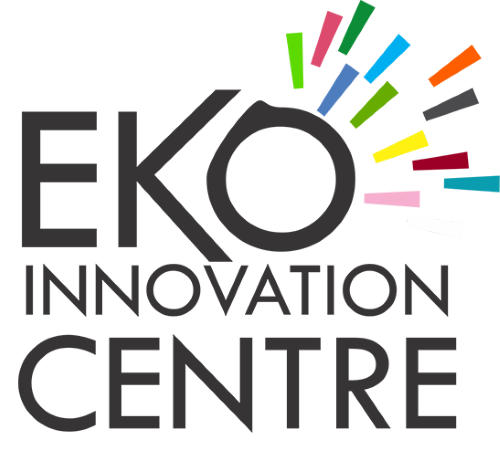Every successful startup is built on more than just a great idea, it is powered by a strong product strategy. For tech founders, the ability to transform a concept into a market-ready product requires deliberate planning, continuous feedback, and seamless execution. Without a clear product roadmap, even the most innovative solutions risk fading into obscurity.
Why Product Strategy Matters for Startups
A solid product strategy provides direction, minimizes wasted resources, and aligns teams toward a common goal. It ensures that product development is not just driven by assumptions but by a clear understanding of customer needs and market opportunities. In competitive tech ecosystems, strategy becomes the differentiator between startups that grow and those that stall.
1. Conception: Defining the Vision
The first step in product strategy is articulating a clear vision. Founders must ask:
– What problem are we solving?
– Why does it matter?
– Who is the target audience?
This clarity not only shapes product development but also inspires teams and investors. A vision grounded in real-world problems creates the foundation for long-term relevance.
2. Validation: Listening to the Market
An idea alone is not enough. It must be validated with customer feedback and data. This phase often involves:
– Conducting surveys and interviews with potential users.
– Running minimum viable product (MVP) tests.
– Gathering feedback to refine product features.
Validation prevents startups from building in isolation and ensures the product resonates with real demand.
3. Roadmapping: Setting the Direction
A well-designed product roadmap outlines what will be built, when, and why. It translates vision into actionable steps. Roadmapping also helps:
– Prioritize features based on impact.
– Align cross-functional teams around timelines.
– Manage stakeholder expectations.
This stage transforms abstract ideas into a structured growth path.
4. Execution: Building with Agility
Execution is where strategies are tested. Agile methodologies are often employed to adapt quickly, address feedback, and reduce risks. During this phase, startups must:
– Maintain open communication across teams.
– Balance speed with quality.
– Continuously monitor progress against the roadmap.
Execution is not about rigid perfection but about delivering value consistently.
5. Scaling: Preparing for Growth
Once a product gains traction, the focus shifts to scaling. This involves:
– Ensuring infrastructure can handle increased demand.
– Expanding features without compromising usability.
– Establishing customer support systems that grow with the product.
Scaling successfully requires foresight and a willingness to evolve with market needs.
Conclusion: Strategy as the Startup’s Compass
Product strategy is the compass that guides a tech startup from conception to execution. It demands vision, validation, structure, agility, and foresight. When mastered, it enables startups to not just launch products, but to build solutions that endure.
For founders seeking to sharpen their product strategies, Eko Innovation Centre (EIC) offers tailored support. At EIC, we help startups refine their product roadmaps, validate ideas with industry experts, and align execution with growth opportunities. With our guidance, tech founders can move from concept to market success with confidence.
